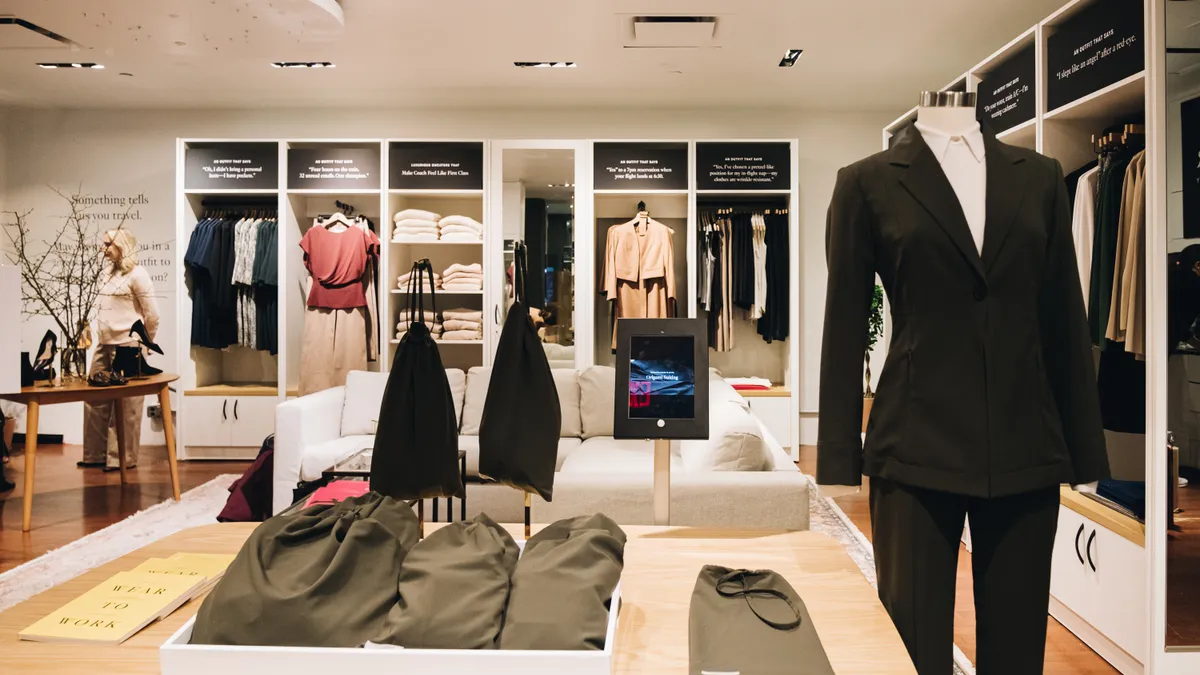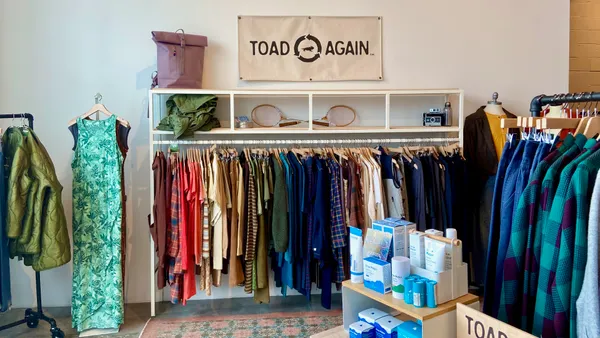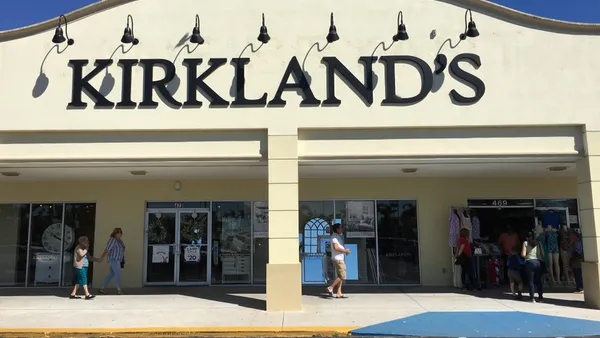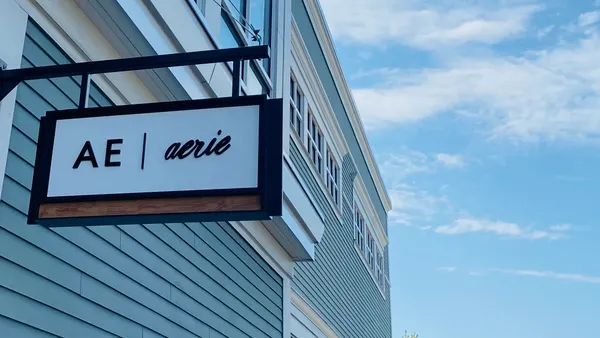Dive Brief:
-
M.M.LaFleur notified some customers last week that the company is pulling back on plus options, according to an email sent to those who previously purchased apparel in those sizes. "We have scaled back on developing entirely new styles in plus sizes," M.M.LaFleur founder and CEO Sarah LaFleur said in the email sent to customers.
-
The apparel retailer will continue to "refresh our best-selling plus-size pieces in new colors and fabrics," and has 14 new styles within its current spring collection, according to LaFleur.
-
“[T]he truth is that we’ve been struggling to sell enough of our plus-size clothing to offset the cost of producing it,” LaFleur wrote in the email to customers. “Rather than sacrifice quality to develop new styles, we’ve chosen to focus on releasing tried-and-true silhouettes in new colors and fabrics for now.”
Dive Insight:
Plus size apparel currently makes up less than 5% of M.M. LaFleur's total revenue, CEO LaFleur said in an email to Retail Dive.
Retail as a whole has largely ignored the plus-size market or segmented its extended size offerings into separate brands altogether (as is the case with Ascena brands Catherines and Lane Bryant), even as one-third of female consumers identify as plus-size, per NPD Group's Consumer Tracking Service. Additionally, the group boasts nearly $46.4 billion to spend on apparel annually, according to Coresight Research.
M.M.LaFleur has also strained to find its footing within the segment. "We wish we were selling more plus-size clothing, and we would love for it to be a bigger segment of our business. However, we have struggled to find the reach that we had hoped for, for reasons that we're still trying to work through," said LaFleur in the statement to customers.
The retailer hired a small team to work on plus-size design starting in 2017, but said that producing clothing that met its internal standards required new design and production processes. Executives from companies like Universal Standard that offer a breadth of sizes have similarly noted the difficulty of designing and grading patterns for such ranges. "[I]t was almost like operating two separate businesses within one small brand," LaFleur wrote to customers.
Pulling back may be a good strategy, according to Jane Hali, CEO of investment research firm Jane Hali & Associates. "Many brands struggle with how to design, price and market extended sizes," Hali said in emailed comments to Retail Dive. "If a plus-size customer is looking for a large assortment they are now finding it on such sites as 11 Honoré, Torrid, Lane Bryant, City Chic, and Romans."
Hali also said that LaFleur's decision to communicate directly with consumers about the brand's struggles was "interesting."
"Millennials are looking for companies to be transparent, and this is true transparency," Hali said.















